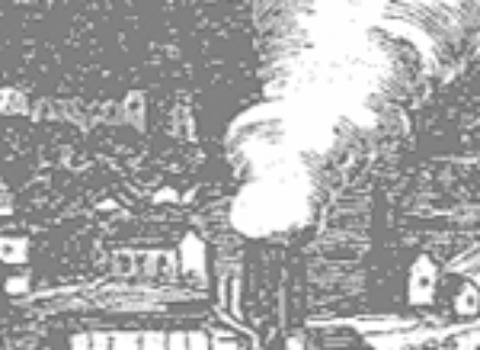1. In the closing weeks of the 1992 presidential campaign, a four-page document called a naval aircraft action report was presented to several news organizations. The last page of the forty-eight-year-old report (published here for the first time, enhanced for legibility) contains strong circumstantial evidence suggesting that George Bush committed a war crime as a rookie Navy pilot in the South Pacific during World War II. Based on interviews with pilots immediately after a mission, the document describes what the pilots and their crews saw and did on July 25, 1944. It reports that two lifeboats carrying survivors of a…
Did he, as a Navy pilot, strafe a lifeboat?




